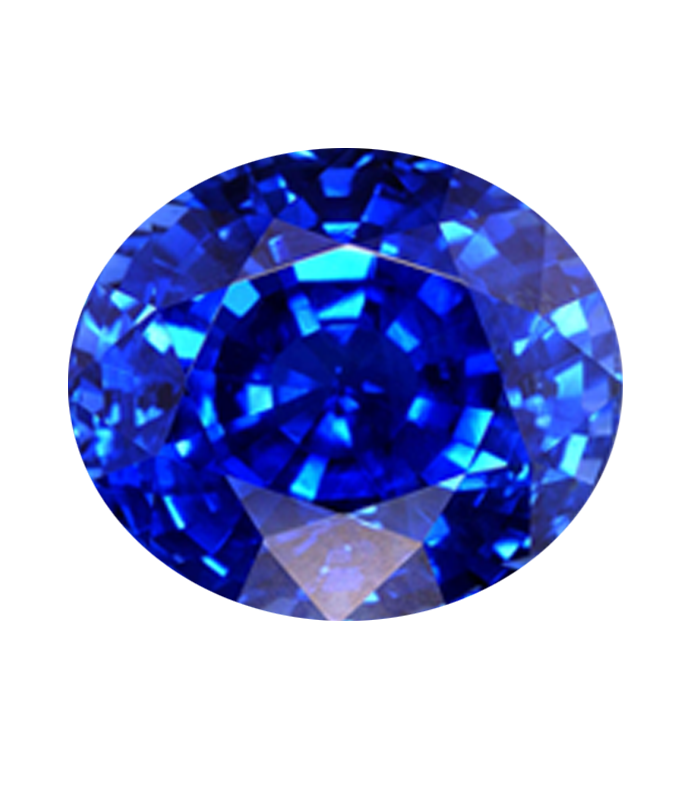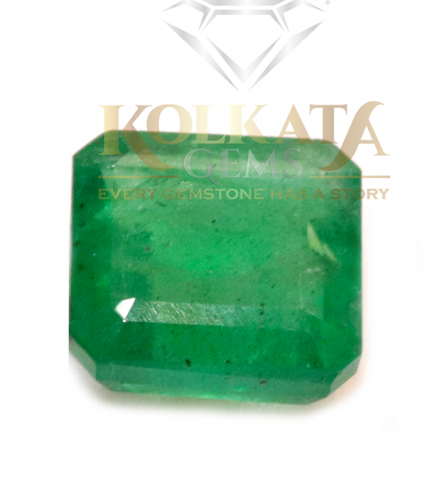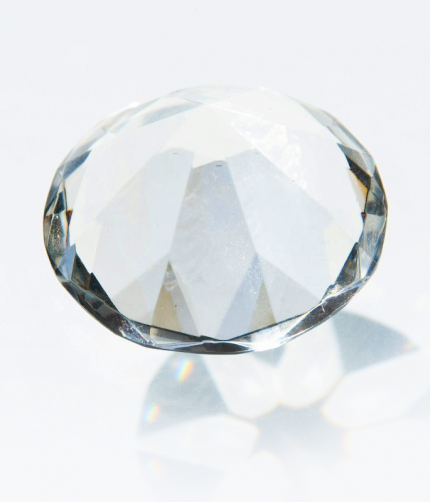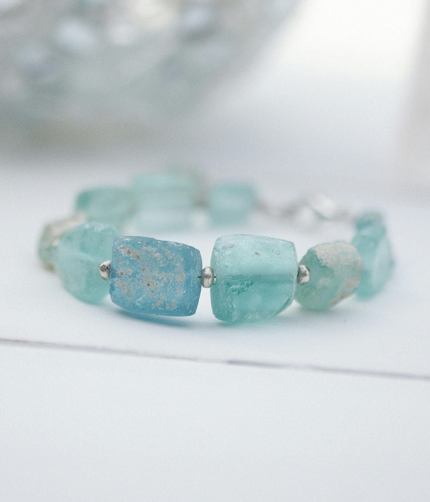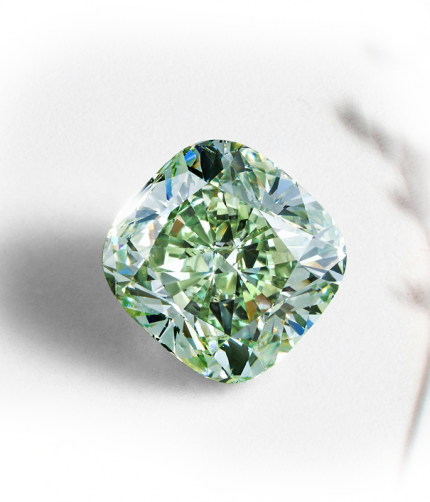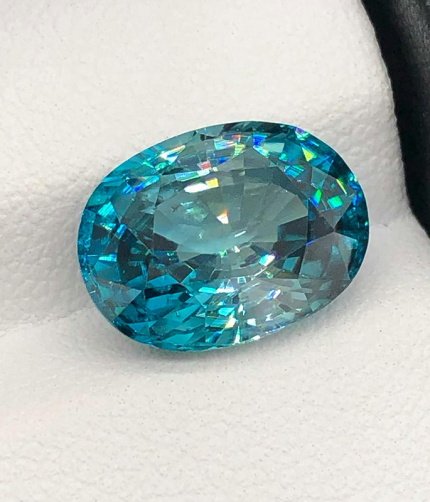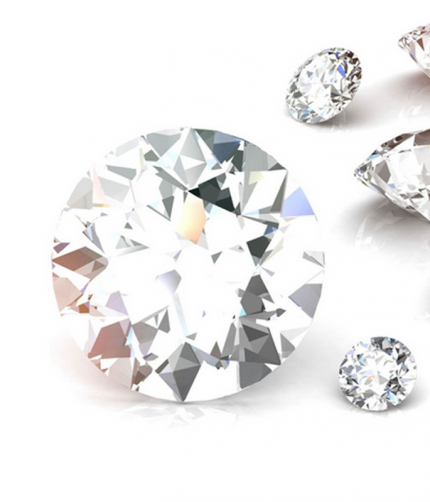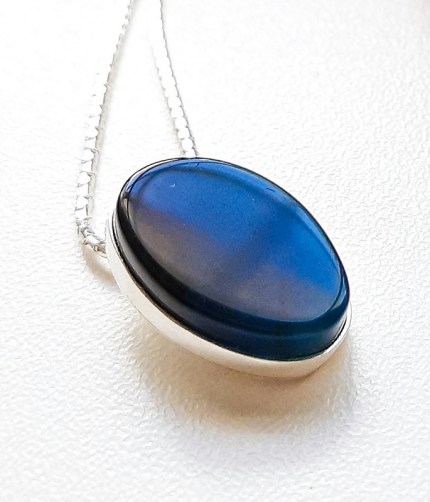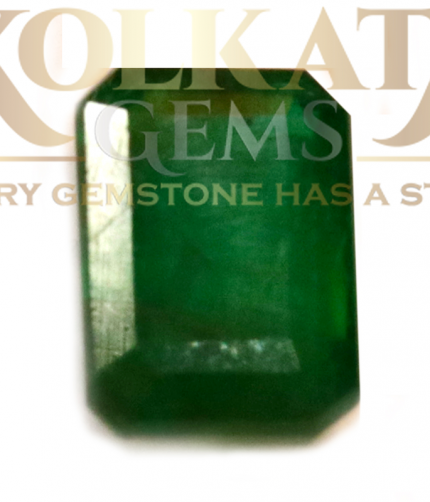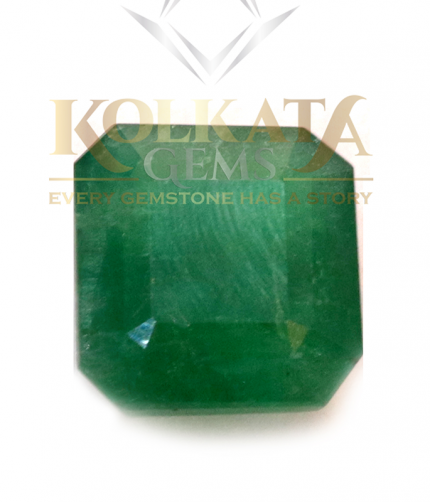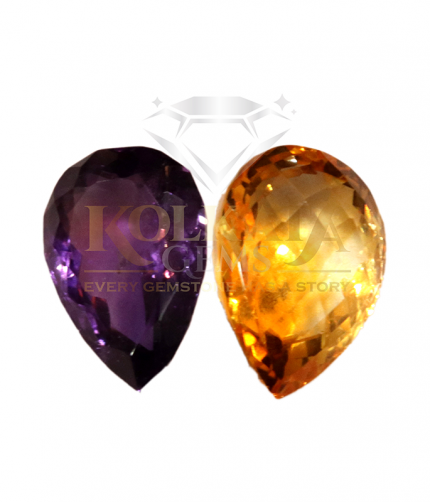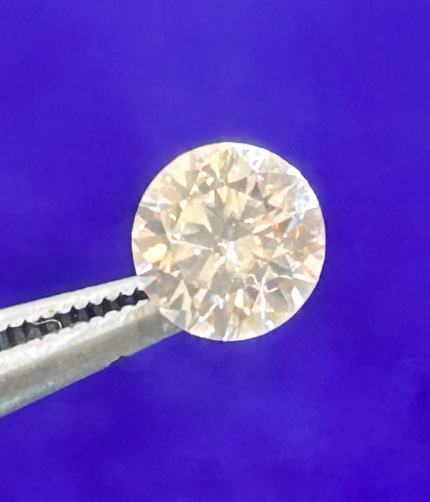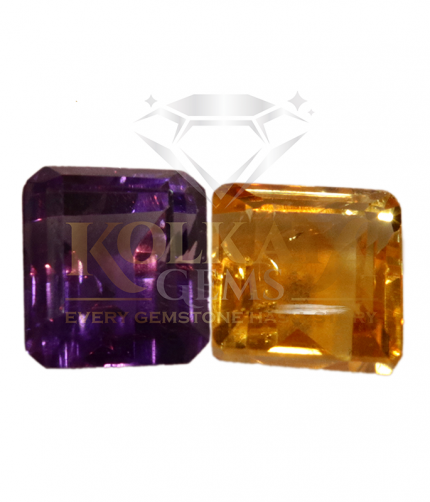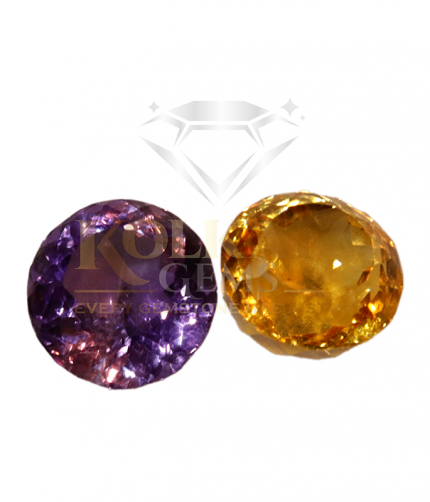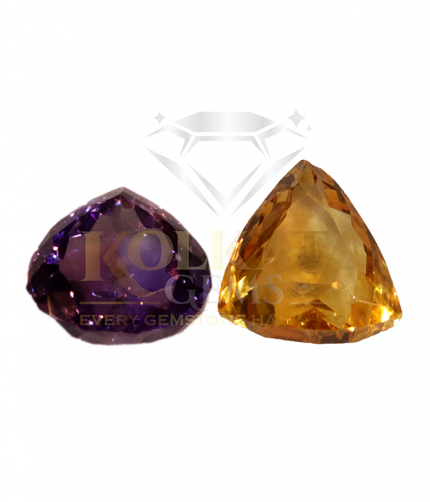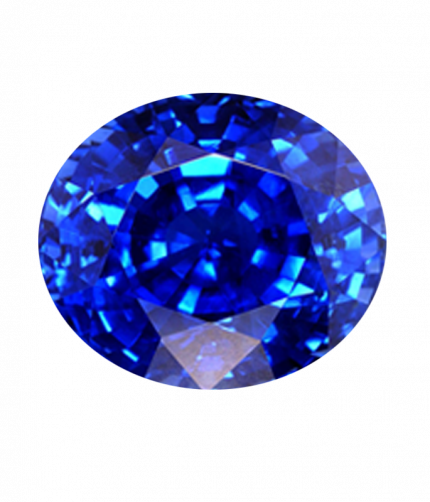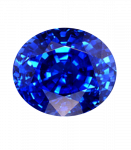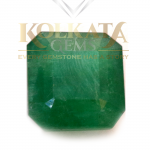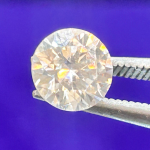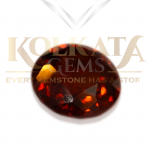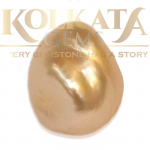Related products
Recently Viewed
Emerald ( পান্না / पन्ना ) 06
How is Emerald Formed? (With Chemical Composition)
Formation Process:
Emeralds are a variety of the mineral bery1, which is formed under intense geological conditions deep within the Earth’s crust. They typically form in hydrothermal veins or pegmatite deposits, where mineral-rich fluids infiltrate rock fractures under high temperature and pressure.
Health
SI In Which Rncer ShouldEmerald BeWorn?
Correct Fincer:
Anemerald should be worn on the lifll•flnpr11!!!!9.fl near) of the rfCht hand
Emerald ( পান্না / पन्ना ) 04
How is Emerald Formed? (With Chemical Composition)
Formation Process:
Emeralds are a variety of the mineral bery1, which is formed under intense geological conditions deep within the Earth’s crust. They typically form in hydrothermal veins or pegmatite deposits, where mineral-rich fluids infiltrate rock fractures under high temperature and pressure.
Health
SI In Which Rncer ShouldEmerald BeWorn?
Correct Fincer:
Anemerald should be worn on the lifll•flnpr11!!!!9.fl near) of the rfCht hand
Amethyst ( পদ্ম নীলা / फीरोजा ) 03
How is Amethyst Formed? (With Chemical Composition)
Formation Process:
Amethyst is the purple variety of quartz, formed when silica-rich solutions fill geode cavities within volcanic rocks such as basalt. Over thousands of years, these cavities cool and crystallize into beautifully structured amethyst crystals, primarily under low-pressure and high-temperature conditions
In Which Finger Should Amethyst Be Worn?
Correct Finger:
Amethyst should be worn on the middle finger of the right hand (or working hand),
Diamond ( হীরা / हीरा ) 04
How is Diamond Formed? (With Chemical Composition)
Formation Process:
Diamonds are formed deep within the Earth’s mantle, approximately 200kllometera below the aurfaee, under extreme p. ……. ,,.. end temperature condition, over 1 to 3 billion yeara. They originate frompure carbon atoms that crystallize intoa highly stable, tetrahedral lattice structure.
These crystals are transported to the Earth’s surface through volcanic eruption,, via klmlMrtlte and lamprolte plpea, formingrough diamond deposits.
In Which Finger Should Garnet Be Worn?
Correct Finger:
Garnet should be worn on the ring finger of the right hand
Emerald ( পান্না / पन्ना ) 02
How is Emerald Formed? (With Chemical Composition)
Formation Process:
Emeralds are a variety of the mineral bery1, which is formed under intense geological conditions deep within the Earth’s crust. They typically form in hydrothermal veins or pegmatite deposits, where mineral-rich fluids infiltrate rock fractures under high temperature and pressure.
Health
SI In Which Rncer ShouldEmerald BeWorn?
Correct Fincer:
Anemerald should be worn on the lifll•flnpr11!!!!9.fl near) of the rfCht hand
Amethyst ( পদ্ম নীলা / फीरोजा ) 08
How is Amethyst Formed? (With Chemical Composition)
Formation Process:
Amethyst is the purple variety of quartz, formed when silica-rich solutions fill geode cavities within volcanic rocks such as basalt. Over thousands of years, these cavities cool and crystallize into beautifully structured amethyst crystals, primarily under low-pressure and high-temperature conditions
In Which Finger Should Amethyst Be Worn?
Correct Finger:
Amethyst should be worn on the middle finger of the right hand (or working hand),
Amethyst ( পদ্ম নীলা / फीरोजा ) 07
How is Amethyst Formed? (With Chemical Composition)
Formation Process:
Amethyst is the purple variety of quartz, formed when silica-rich solutions fill geode cavities within volcanic rocks such as basalt. Over thousands of years, these cavities cool and crystallize into beautifully structured amethyst crystals, primarily under low-pressure and high-temperature conditions
In Which Finger Should Amethyst Be Worn?
Correct Finger:
Amethyst should be worn on the middle finger of the right hand (or working hand),
Amethyst ( পদ্ম নীলা / फीरोजा ) 05
How is Amethyst Formed? (With Chemical Composition)
Formation Process:
Amethyst is the purple variety of quartz, formed when silica-rich solutions fill geode cavities within volcanic rocks such as basalt. Over thousands of years, these cavities cool and crystallize into beautifully structured amethyst crystals, primarily under low-pressure and high-temperature conditions



